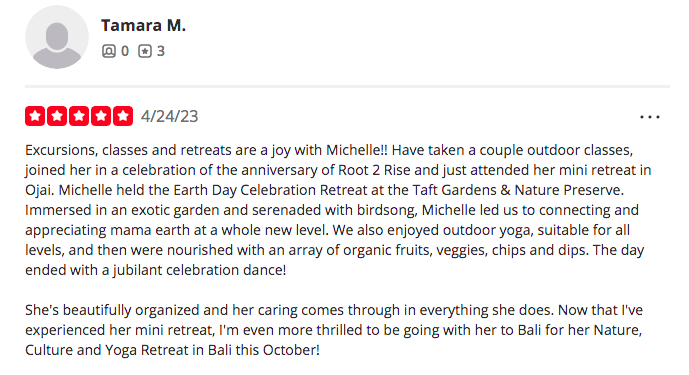|
“It isn’t about getting somewhere you’re not, but about deeply relaxing into clearly seeing what’s here now,” shared Breathwork Teacher Scott Schwenk about spiritual awakening, which he emphasized is an ongoing process.
Whether or not you call yourself “spiritual,” we humans are more than a physical body or the thinking mind constantly going. And that “awakening” Scott referenced, as I understand, is partly about awakening to this very idea of who we are and how we bridge our inner and outer worlds, such as in our relationships. A few months ago I started a Zoom yoga class talking about “spiritual bypassing,” a term coined in the 1980s by John Welwood, a Buddhist teacher and psychotherapist. He defined it as a "tendency to use spiritual ideas and practices to sidestep or avoid facing unresolved emotional issues, psychological wounds, and unfinished developmental tasks". We have all been wounded in our lives, and it’s part of being human. But how we tend to our wounds and make sense of them or not spills out into how we relate to the world and affect each other. My Yoga Psychology teacher, Ashley Turner, shared that we build our personalities through the coping strategies we’ve developed around our core wounds. You may be familiar with a pervading motto in modern western yoga and wellness communities: Good vibes only. Focusing on positive feelings can be uplifting and offer a fresh perspective when we’re in a funk. However, when positivity is used to gloss over uncomfortable feelings and hurts, it may become “toxic positivity,” defined by Samara Quintero, LMFT, CHT and Jamie Long, PsyD as “the excessive and ineffective overgeneralization of a happy, optimistic state across all situations, resulting in the denial, minimization, and invalidation of the authentic human emotional experience.” Mindfulness teacher, Pema Chodron, prompts us to lean into feelings of discomfort, like sadness and anger, and offer ourselves compassion and truthful listening. She points out that all emotions have a message, and the difficult ones often reflect to us where we're spiritually stuck. In sitting with all our emotions, we build our capacity to offer empathetic listening and compassion for others. Sometimes our loved ones just need us to support them with our listening presence when they convey that they’re suffering, without disregarding their emotional processing. Best-selling author and vulnerability researcher, Brene Brown, adds that when we don’t allow ourselves to fully feel the uncomfortable emotions, like those within grief, we also disallow ourselves from fully feeling happiness. We can’t isolate which emotions to not feel. Such attempts inhibit wholehearted living. As my practice evolves, yoga has been a lens-shifter, since my journey began in 2001. As I deepen my exploration of the Eight-Limb path described in The Yoga Sutras, I can see through my past coping habits. I see when I’ve glossed over my own hurts to uphold an external model of positivity, disallowing self-compassion for my imperfections. I see when I’ve sidestepped another’s pain to urge them toward the good-feeling “solution.” Yoga’s first two limbs teach truth-seeking, compassion, self-study and dissolution of limiting beliefs from the ego. I’ve been more drawn to courageously ask my unconscious mind, “What’s beneath the surface that I still haven’t allowed to process?” And, “How are my un-metabolized wounds and emotions affecting my relationships and life?” Revolutionary psychiatrist and psychoanalyst, Carl Jung, warned, “Until you make the unconscious conscious, it will direct your life and you will call it fate.” I continue to do my own shadow work of excavating repressed parts of myself to integrate and transform into allies. I understand this is a journey of many spiritual awakenings. The yogic practices of tapas, or inspired discipline, and isvara pranidhana, or surrender to my highest Self, are tools for this inner revolution. I feel that this inner-work aspect of yoga is far too important to gloss over by only practicing one of the eight limbs--the physical poses. As we explore the depth that yoga offers for self-healing, we can impact healing in our families by ending cycles of problematic coping styles, like addiction or bypassing difficult emotions. As our families heal, they impact our communities, which impact our nation and so on. I truly believe that world peace begins with genuine peace within.
0 Comments
My Saving Grace, by Michelle Chua
3/7/2021
A coping tool since childhood for when I’ve felt overwhelmed and helpless and needed to feel empowered was to run—as far and as fast as I could.
When my dad and I would have yet another raging argument, I’d take my German Shepard/Labrador and bolt out the door. When I was depressed and devastated by my first breakup, I joined the Cross Country team. When COVID hit LA, my partner and I took to running 6 miles a day to “strengthen our immunity.” But now I’m on week 4 of not running at all, as I heal from my third sprained ankle in a year. Maybe you can relate to having a familiar coping tool suddenly unavailable to you? Through these 4-6 weeks of “run-fasting” I’ve realized how many other tools have actually been my silent saving grace and are resilient to sprained ankles. They are my daily yoga practices, my sadhana (of physical poses, breathwork and meditation). They are the moments where I don’t feel guilty for sitting still. When instead of running away, I feel my own power to BE. I realize I can experience the rollercoaster of life and still be the core of who I am, not an injured body or an angry daughter, but the witness of these temporary states. Whereas fierce movement was once my top go-to, I’ve also learned to value slowing down and replenishing my energy through Yin and Restorative Yoga (the kind where you deeply stretch your body in still poses, sometimes supported by pillows and blankets to feel the sweetness of letting go). Maybe some of you LOVE to move as well, but if you’re constantly going all day, whether in your mind or body, when do you give yourself a counterbalance to re-center? Benefits of Yoga, by Michelle Chua
3/2/2021
The benefits of practicing yoga vary with the practitioner, depending on factors such as how consistently they practice, what aspects of yoga they integrate into their daily lives and the integrity of their practice. But as a yoga student since 2001, a registered yoga teacher since 2010 and someone who has observed the journey of my diverse long-term clients and students, here are some benefits of practicing...
Yoga postures (or asanas) -- Train your ability to be present in your body. Release stagnancy and enable energy flow throughout your body. Detoxify from mental stress manifested as physical tension. Increase your physical strength, stamina and flexibility. Yoga Breath Work (or pranayama) -- Regulate and rebalance your nervous system. Skillfully direct the flow of life energy (or prana) throughout your body. Calm your mind from habitual negative thoughts. Optimize your respiration and digestion. Give your nervous system rest and redirect more energy to boosting your immune system. Yoga Philosophy -- See life outside the lens of the fear-based ego. Understand the tendencies of the human mind. Apply the physical and mental strategies of yoga into your daily life and conflicts. Identify and let go of self-sabotaging patterns and develop clear perception. Cultivate an open mind and open heart to deconstruct notions of separation between you and "others." Meditation (or dhyana and dharana) -- Daily mental hygiene. Become more aware of the role your thoughts and emotions play in your life. Recognize unmetabolized emotions that cause you to react, rather than consciously respond, to daily events. Liberate yourself from habits that no longer serve your highest well being and true connection to the world. Have space to listen to your inner guidance with your whole being. These are only a few of the ways I've read about, personally experienced and witnessed our community members benefit from these practices of yoga that we share in our Zoom yoga classes, 6 days weekly. A beautiful part of the practice is that it's self-paced, You are your teacher (I'm like a tour guide) and you're encouraged to participate in the ways that you're able to in the moment. If you'd like to join us for a class, visit our schedule here or consider joining our monthly varying community events here. |
A Collective Blog about Yoga Lifestyle & Inspiration
|
REviews of Root 2 Rise Yoga with Michelle chua:Michelle truly lives out what she teaches. She is so much more than a yoga teacher - I learned this when I went on her exquisitely curated trip that she organized to Costa Rica this past June 2018...Hopefully like me, you'll be delighted by her effervescent love of movement, nature, and all people! Michelle clearly stands out with her beautiful and bright energy. I love how her practice and teaching encompass body, mind and spirit. She not only teaches yoga but lives and exudes it. Michelle not only teaches 'yoga', she embodies it fully with her heart and soul... Michelle is by far one of the best instructors I've ever had, period. Patient, clear in her explanations and demos, and so encouraging... My first yoga class was with Michelle years ago. You can have the best (yoga pose) sequence and not teach from your heart. With Michelle, I also feel her passion when I'm in her class. I can see she loves what she does, and she inspired me to want to teach yoga, too. |
Let's connect:Now offering private reiki sessions for stress relief and healing.
I'm so grateful to have met Michelle! Her kind energy opened up my interest in pursuing yoga and meditation. She is such an incredibly light and soul. She starts with grounding ourselves through mindfulness and breathing exercise. She brings the most authentic energy to the class by sharing the history and understanding behind poses, names, and techniques. I truly appreciate her work and impact on my well-being! I’ve had dozens of instructors over the years, but Michelle is far and away the best yoga mentor I’ve ever practiced with. She epitomizes grace during these difficult times. Michelle has saved my sanity and my back while working from home, keeping me grounded with her sharing of yogic teachings and meditation techniques. Her repertoire of physical asanas is encyclopedic, and I’ve loved learning new poses and stretching my boundaries. Jump in, all. You’ve got this! |
©2010 Root 2 Rise Yoga
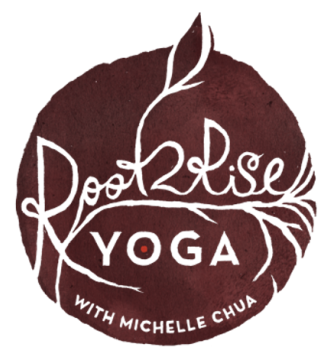
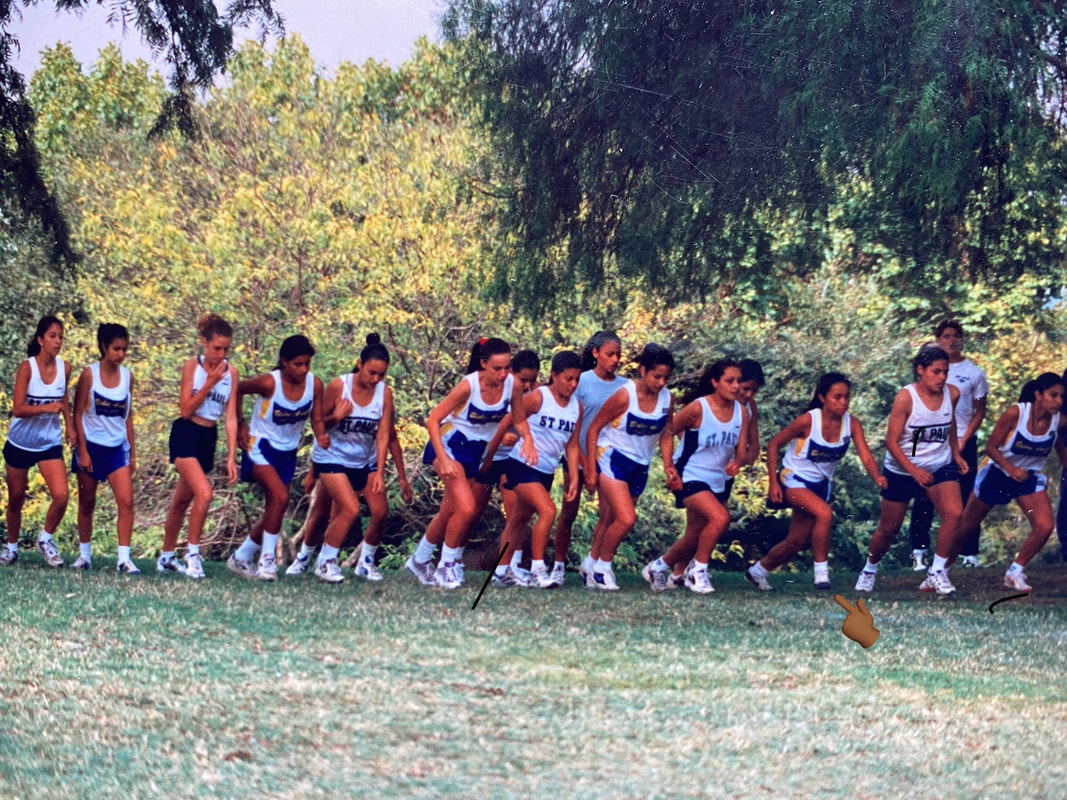
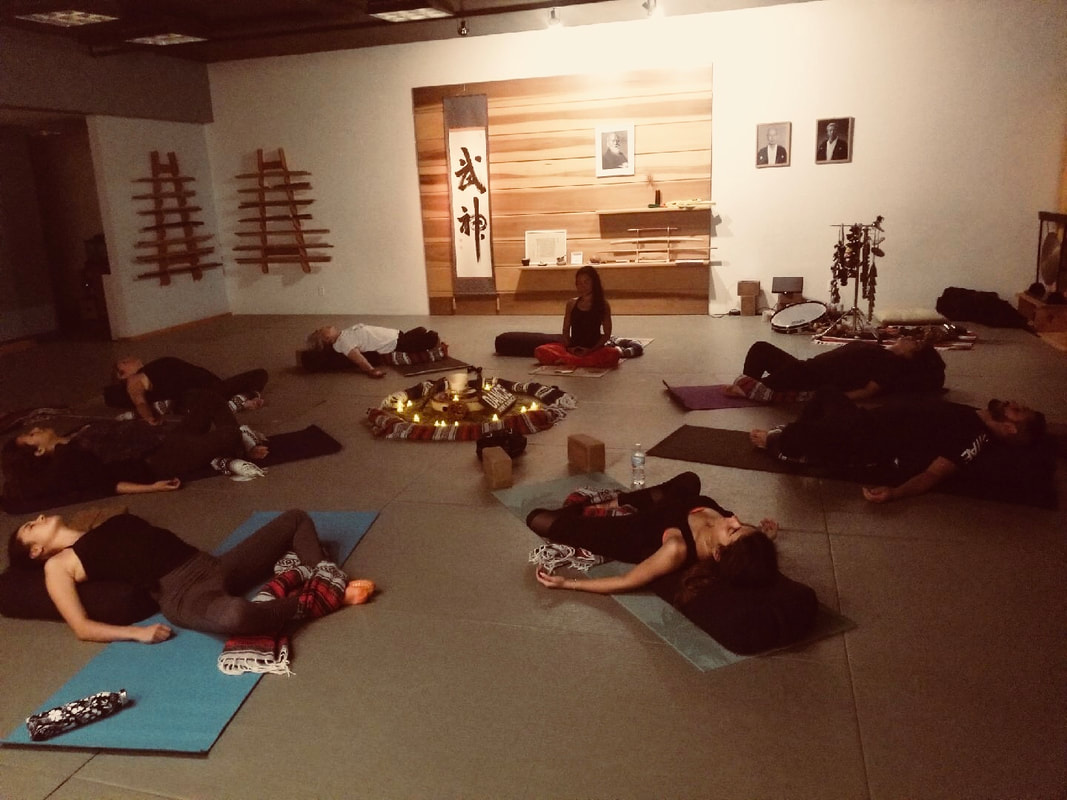
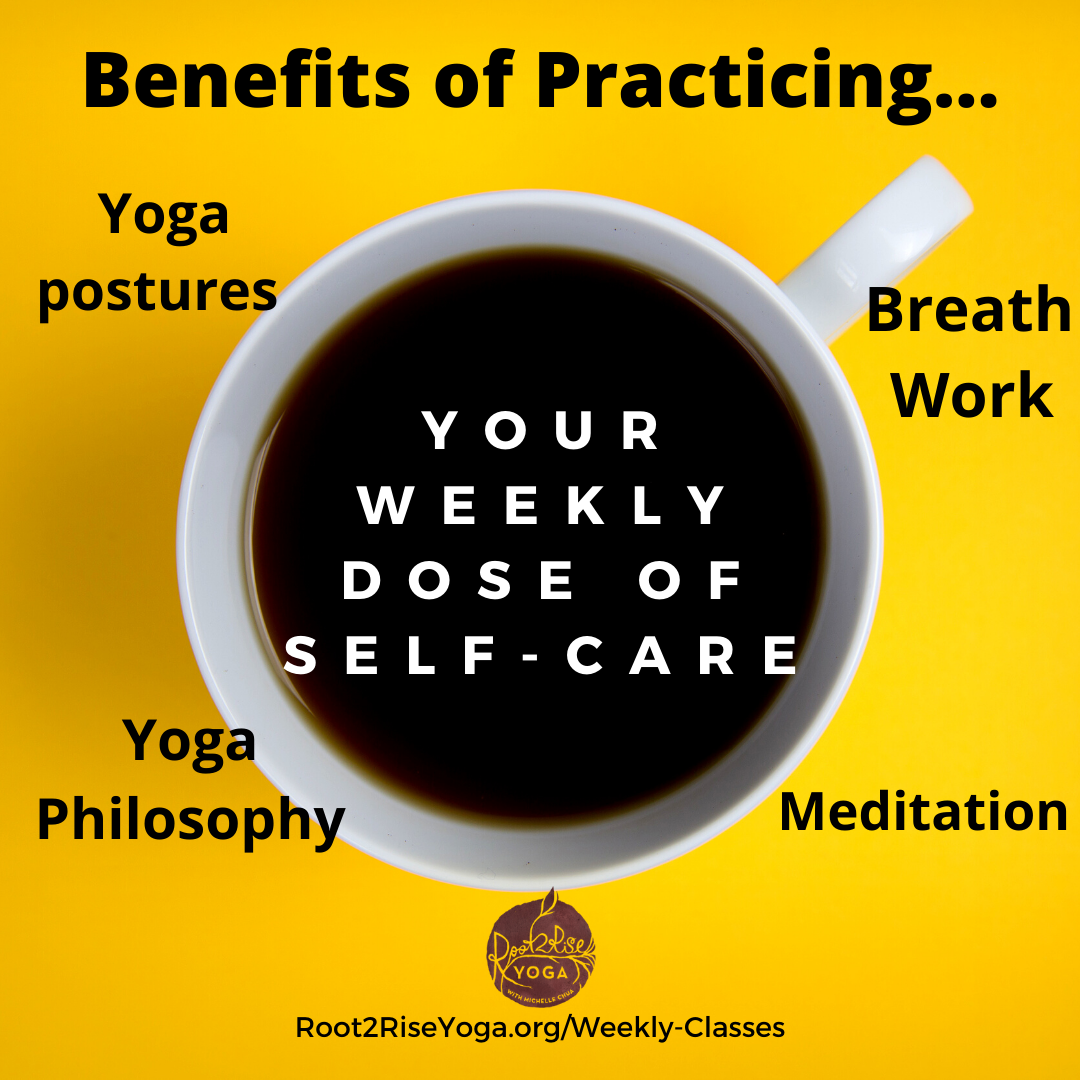
 RSS Feed
RSS Feed

